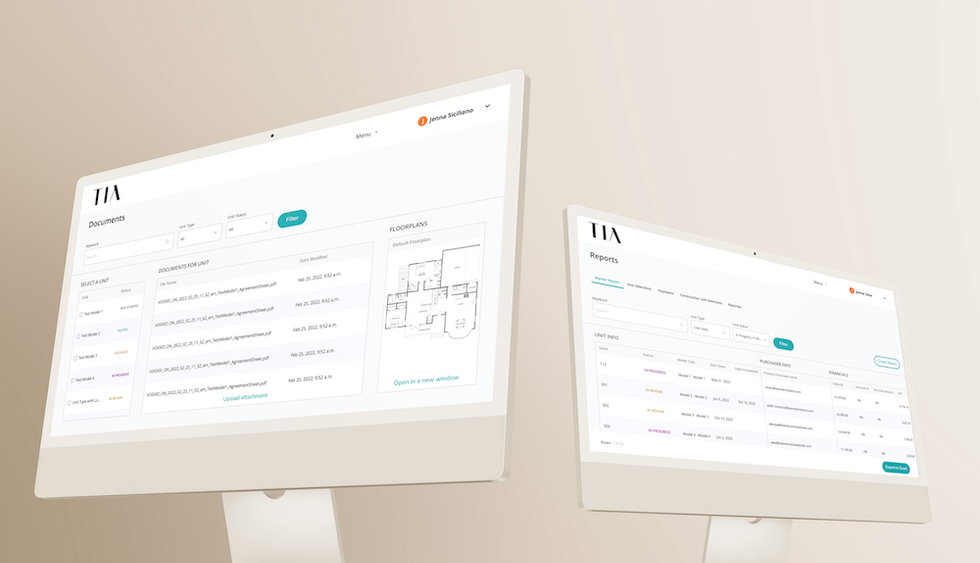Future developments are facing yet another threat with the looming rise in development fees.
Toronto will soon see a nearly-50% increase in development costs, while other major cities – like Vancouver, for example – have already hiked up fees for 2022. Construction costs have been on the rise for years due to ongoing supply chain strain; the costs of building supplies, especially lumber, are being factored into high pre-construction prices, while the ongoing labour shortage contributes to increasingly less affordable housing nationwide.
When considering the ongoing housing supply shortage, raising development fees to support the growth of Canadian cities seems counterproductive. The cost to build continues to threaten future projects, which only furthers the inventory shortage.
Developers and builders have the same goal in mind: to build meaningful projects that are affordable to fellow Canadians. Many developers have openly shared their grievances -- and genuine confusion -- as to why the cost of growth should be disproportionately placed upon homebuyers and new renters.
But to support the growth of upcoming projects (and their associated costs) on the development side, innovation is needed. Luckily, smart construction and adopting a data-driven approach can aid in proposed projects coming to fruition. Developers and builders have to save where they can, which is where The Interactive Abode (TIA) Software excels.
READ: The Future of Design is Data-Driven, Here’s What the Numbers Are Saying
Building with confidence may not be the reigning energy of the housing market at this time, but there are ways to give your next project insurance.
The big one? Planning ahead.
While not necessarily a revolutionary method for saving on construction, planning ahead for upcoming projects is effective -- especially when using intuitive software, such as TIA's.

At TIA, we accumulate sales data from all across Canada, on projects of all scales, in real time. Our Design Studio, meanwhile, receives direct feedback from consumers, which brings buyer needs and desires into even further clarity. We organize the resulting data in a meaningful way, enabling developers to filter information based on the project at hand; they can easily identify trends in relevant costs.
This information allows our developer clients to plan housing that suits the specific demands of real buyers in their area.
Developers can eliminate expensive construction errors, reduce their time to completion, and lower the resulting carrying costs. Our software also provides insight into market trends, both past and present, as well as detailed sales reports of live projects.
As we glean important shifts in buyer preferences through real-time specs, developers reap immediate benefits. Utilizing our software’s multi-level access gives trades and suppliers accurate data for current projects, resulting in both saved time and money.
It's no question, increased construction costs impact developers and builders all across North America -- but they shouldn’t have to threaten your upcoming developments. If you're looking to manage the costs of your next development, ensuring success in the process, directly-applicable data holds the key.
This article was produced in partnership with STOREYS Custom Studio.





















